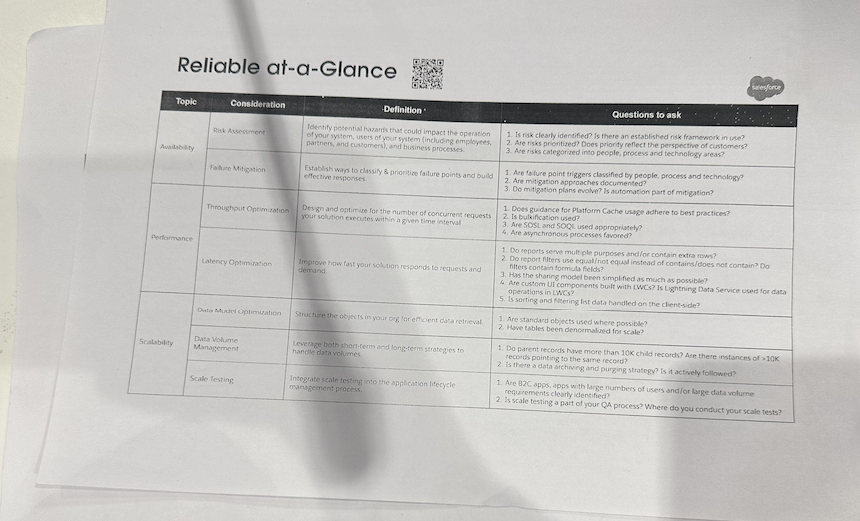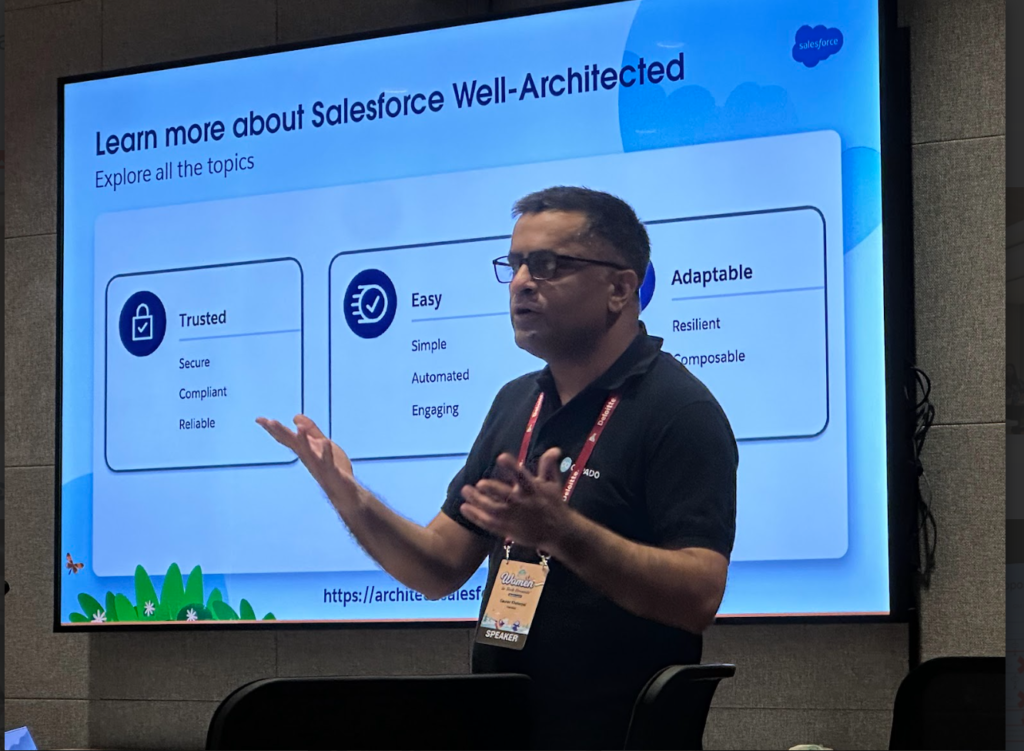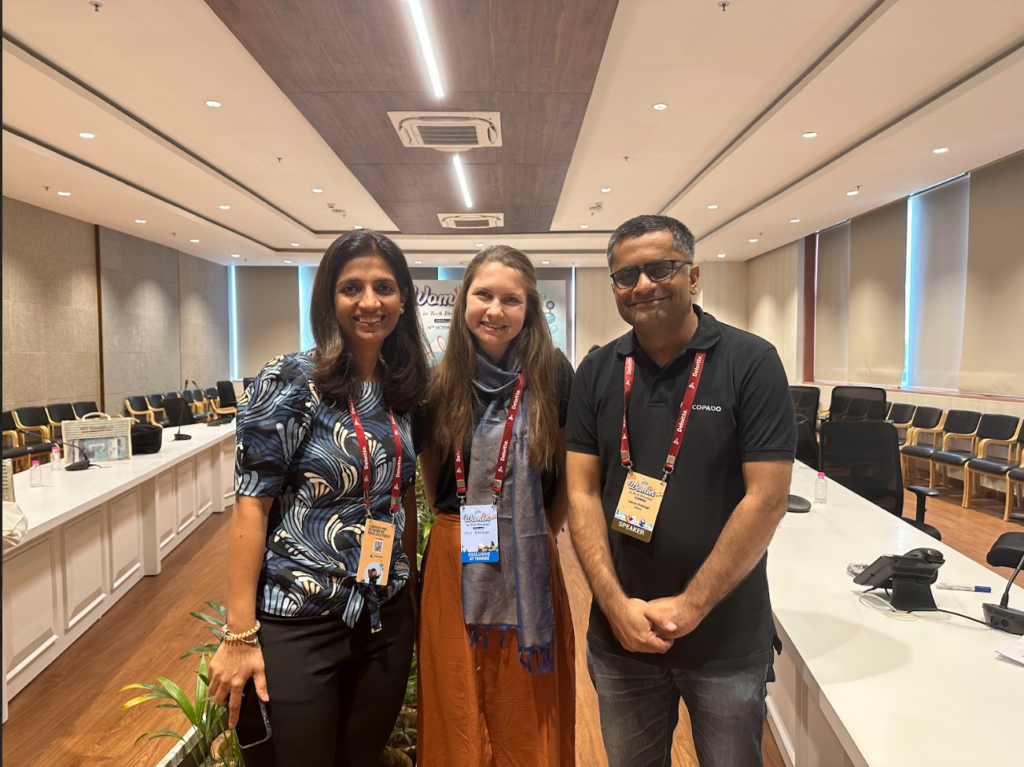The Well-Architected Workshops advocate Salesforce’s ‘well-architected’ principles – but more importantly, participants work in groups to discuss and propose solutions that apply these principles to business scenarios.
The Well-Architected initiative and workshops were created by the Salesforce Architect Relations team. I recently attended one run by Gaurav Kheterpal, a multi-cloud Enterprise Architect (with many accolades), and Poonam Keswani, a Salesforce CTA – the quality of the materials and scenarios became very clear to me (and to others, I’m sure).
While clearly teaching architect principles, these sessions would also be appealing to anyone currently in Consultant or Admin roles – whether you’re an aspiring architect, or generally wanting to flex your solutioning ‘muscles’. Whether you have plenty of experience, or you’re stuck for answers, you’re encouraged to contribute to the group discussion in this ‘safe space’. Here’s how my experience with one of the workshops went.
Reliable at-a-Glance Worksheets
At the very base of all the understanding, this served as our ‘compass’ for the entire workshop, and where most of the learning was documented. The table breaks down the topics (tenets) of Well-Architected, with their related considerations, definitions, and questions to ask when evaluating solutions. Here’s an example:
- Topic: Adaptability
- Considerations: Risk Assessment
- Definition: Identify potential hazards that could impact the operation of your system, users of your system, and business processes.
- Questions to ask:
- Is risk clearly identified? Is there an established risk framework in use?
- Are risks prioritized? Does priority reflect the perspective of customers?
Exercise 1: Is it Well-Architected and Why/Why Not
All four teams were presented the same scenario – a paragraph describing a new Salesforce implementation that is falling behind expectations.
For each of the five statements about the implementation, we first had to identify if this was considered well-architected, or not. Then, using the worksheet, identify which topic and consideration was tied to the statement.
The statements covered license availability, recurring data loads, integration design, and LWC design.
Exercise 2: Data Modelling
Presented with a paragraph scenario, and a data model. How would we improve on the data model?
Looking at the data model alone, there were changes that became apparent. However, hidden in the description was other requirements/considerations, including the:
- Volume of data being generated for certain objects.
- Expansion plans of the brand.
- Ability to capture additional information.
- Data retention period to be able to leverage Salesforce native reporting.
What’s Next?
There were two aspects that appealed to me when I saw this on the conference’s agenda. Firstly, the word ‘workshop’ – I’m a great believer that the most valuable sessions at conferences are ones where you get to discuss with others. Secondly, having the opportunity to learn from two highly knowledgeable individuals. Between them, Gaurav and Poonam have multiple accolades, and I’m grateful that they give up their time to run these workshops for the community.
The duo’s vision is to take the well-architected workshop ‘on tour’ across India (and who knows, maybe beyond its borders!). Having seen how informative and hands-on this workshop is, we hope to raise its awareness, and for you to build up the demand for more workshops in your region.
Learn more about Well-Architected here, and get involved wherever you’re based, by joining your local Trailblazer Community Architect group, where the leaders have access to the materials to run these workshops.


